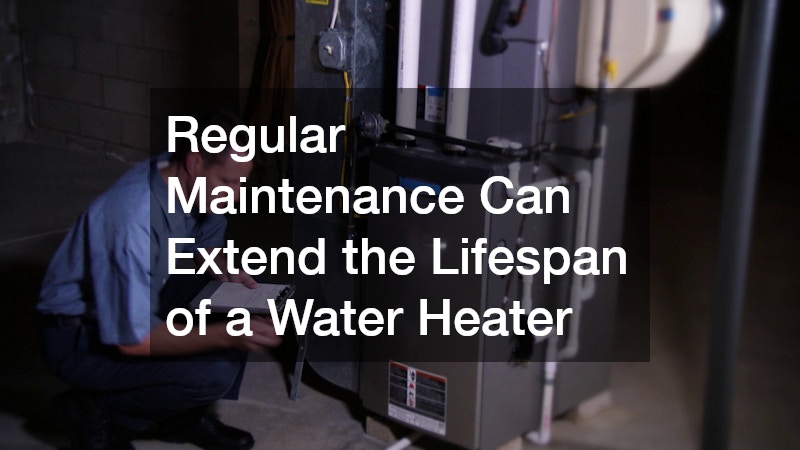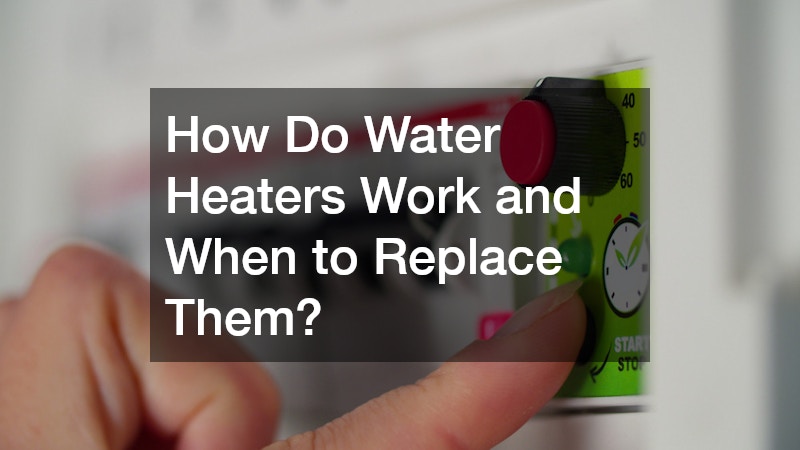Water heaters are an essential part of modern households, providing the necessary hot water for daily activities such as bathing, cooking, and cleaning. These devices come in various types, including tankless, storage, and hybrid systems, each with its benefits and drawbacks. Understanding how water heaters function, their maintenance requirements, and when to replace them can significantly impact home efficiency and safety. This article delves into these topics, offering valuable insights into managing this vital household appliance effectively.
What is a Water Heater and How Does It Work?
A water heater is a household appliance designed to heat water for various domestic purposes. It operates by using energy sources such as electricity, natural gas, propane, or solar power to increase the water temperature.
The most common types are storage water heaters, which retain hot water in a tank, and tankless water heaters, which heat water on demand. The choice between these systems often depends on a home’s water usage patterns, energy efficiency considerations, and space constraints. Understanding the mechanics behind these systems helps homeowners make informed decisions about which type best suits their needs.
Storage water heaters are equipped with insulated tanks that hold hot water, ready for use at any time. These systems typically have a thermostat to maintain the desired water temperature and can provide a large supply continuously. However, keeping water hot at all times can lead to energy inefficiency, especially in homes with lower hot water demand. In contrast, tankless water heaters heat water only when required, offering improved energy efficiency by eliminating standby heat loss. While these systems usually have a higher upfront cost, their long-term savings and compact size make them an attractive option for many homeowners.
How to Determine if a Water Heater Needs Replacement?
Recognizing when a water heater requires replacement is vital for maintaining home safety and efficiency. One key indicator is the age of the unit; most water heaters last between 8 to 12 years, with some variations depending on the type and maintenance history. Frequent issues such as inconsistent water temperatures, diminished hot water supply, and unexplained increases in energy bills may signal the need for a replacement. Rust or corrosion on the water heater tank or in the water supply is another serious indication, often leading to leaks if not addressed promptly. Homeowners should be proactive in examining these signs, potentially avoiding more extensive damage and expense.

Regular maintenance can extend the lifespan of a water heater, but eventual replacement is inevitable as components wear out over time. Listening for unusual noises, such as banging or gurgling, can also help identify underlying problems. Sediment buildup at the bottom of the tank, typically signaled by noise, can lead to inefficiency and potential failure. If the unit requires frequent repairs, it may be more economically sensible to invest in a new water heater. Evaluating the cost of ongoing repairs compared to the cost and benefits of a new system is essential for making a sound financial decision.
What are the Maintenance Practices for Extending Water Heater Life?
Regular maintenance is crucial for extending the life of a water heater and ensuring its efficiency and reliability. One fundamental practice is to drain and flush the tank annually to remove sediment buildup that can lead to corrosion and impair heating efficiency. Checking the anode rod every year is also important, as this component prevents tank rusting by attracting corrosive elements. Replacing a depleted anode rod is a small investment that can significantly delay more extensive repairs or the need for water heater repairs. By undertaking these maintenance tasks, homeowners can prolong their water heater’s operational lifespan and improve its efficiency.
Maintaining the temperature setting on the water heater at or below 120 degrees Fahrenheit can prevent overheating and reduce energy consumption. This temperature is sufficient for most household needs, minimizing the risk of scalding and lowering the likelihood of tank deterioration. Insulating the water heater and piping can also conserve energy, particularly in cooler climates where heat loss is more pronounced. Regularly inspecting the pressure relief valve, which is designed to release excess pressure from the tank, ensures it functions correctly. Addressing potential problems before they escalate is key to maintaining a safe and efficient water heating system.
The insights gained about water heaters highlight the importance of understanding their operation and management to ensure long-term efficiency and safety. Timely maintenance, such as flushing the tank and checking components, can extend the heater’s life and prevent costly repairs. Recognizing the signs that indicate a need for replacement, like age and performance decline, helps proactively manage this household necessity. Considering newer, energy-efficient models can also enhance a home’s environmental impact and economic savings. Homeowners are encouraged to balance personal needs with broader ecological considerations when making decisions about their water heaters.



